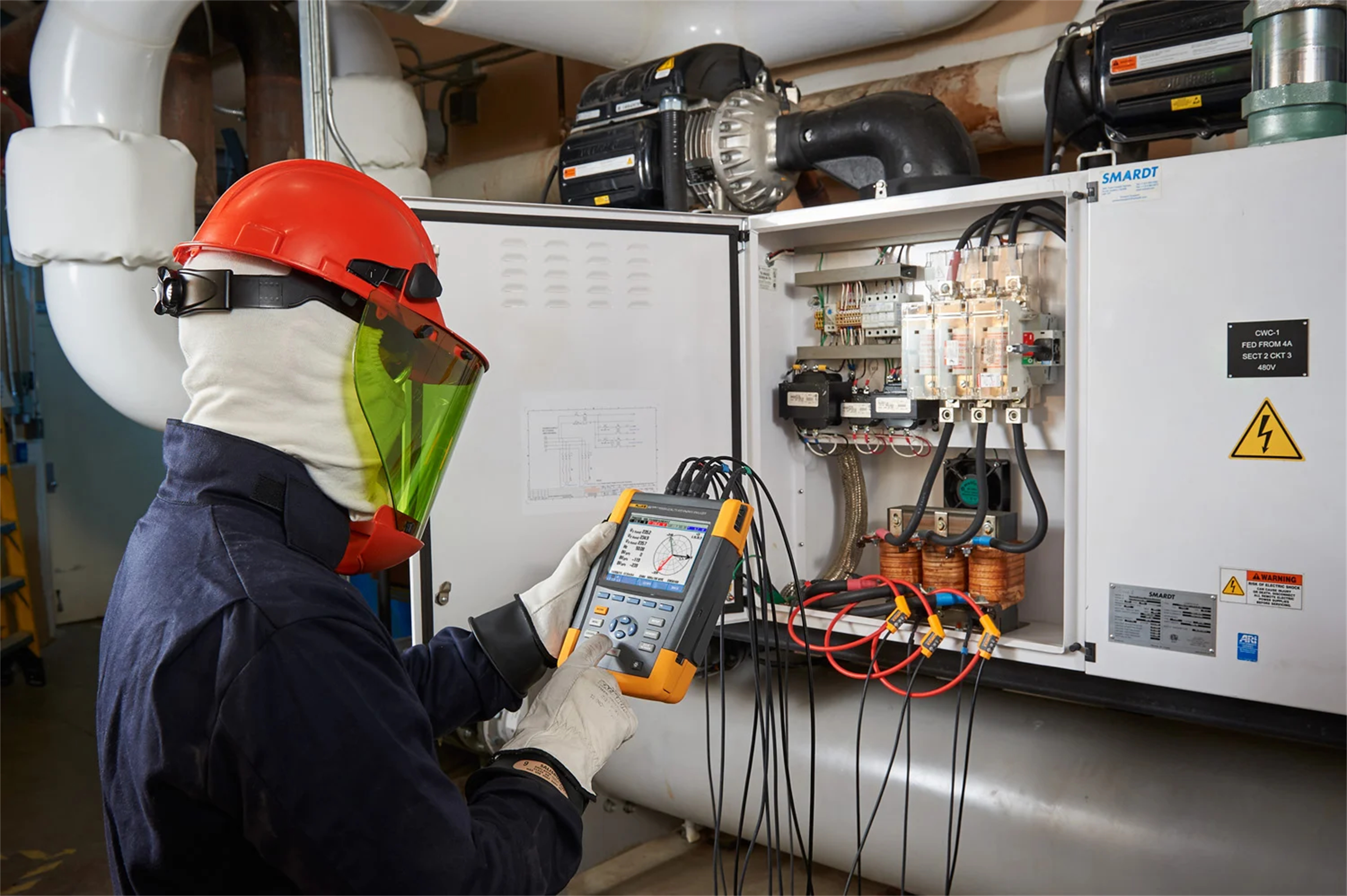Electricity is an essential part of our daily lives, and two-phase and three-phase electricity are the two most common forms when it comes to power transmission and distribution. In this article, we will introduce what two-phase electricity and three-phase electricity are, and explore their differences and applications.
What is biphase electricity?Bi-phase electricity means that the current and voltage of the power supply are composed of two phases. Two-phase power is usually used for low-wattage household appliances such as lamps, small power tools, and household appliances. In a two-phase electrical system, the phase difference between current and voltage is 90 degrees, which allows current and voltage to flow alternately through the two phases. For example, in the United States, two-phase electricity typically runs on 120 volts and 240 volts.
 What is three-phase electricity?
What is three-phase electricity?Three-phase electricity means that the current and voltage of the power supply are composed of three phases. Three-phase electricity is commonly used in large electrical equipment such as electric motors, large industrial machines, and power transmission systems. In a three-phase electrical system, the phase difference between current and voltage is 120 degrees, which means that current and voltage can alternately flow between three phases, enabling higher power transmission efficiency. For example, in the United States, three-phase electricity usually uses voltages of 208 volts, 240 volts, 480 volts, and 600 volts.
The difference between two-phase electricity and three-phase electricity
There are a few key differences between two-phase electricity and three-phase electricity. The most notable of these are their phase numbers and phase differences.
Number of phases: Two-phase electricity has two phases, while three-phase electricity has three phases. This means that the three-phase electrical system can provide higher power and efficiency.
Phase difference: The phase difference between the current and voltage in two-phase electricity is 90 degrees, while the phase difference in three-phase electricity is 120 degrees. This allows three-phase electricity to transmit power more efficiently.
Application: Two-phase power is usually used for low-power household electrical equipment, while three-phase power is used for large electrical equipment and power transmission systems.
Application of two-phase electricity and three-phase electricityThe application fields of two-phase electricity and three-phase electricity are very different. Two-phase electricity is usually used for low-power household appliances and small electric tools, such as lamps, air conditioners, and refrigerators. Three-phase power is used in large electrical equipment and power transmission systems, such as motors, generators, transformers and transmission lines.
In addition, three-phase power is also widely used in industrial manufacturing and production processes, because three-phase power has higher power efficiency and more stable power output than single-phase power, which can meet the high demand for power in industrial production .
In a three-phase electrical system, electricity is transmitted through three phase wires, each with a voltage that is 120 degrees out of phase. This power transmission method can provide higher power than single-phase electricity because it can provide continuous power output without power fluctuations in single-phase electricity. In addition, the three-phase electrical system can also use smaller wires and equipment to transmit the same power, which can save cost and space.
Therefore, three-phase electricity is widely used in many industrial applications, such as machine tools, wind turbines, water pumps, compressors, air conditioners, and electric motors, etc.
In conclusion, two-phase electricity and three-phase electricity are both forms of alternating current, but they have different advantages in different applications. When choosing which type of power supply, factors such as required power, application field and available resources should be considered.
